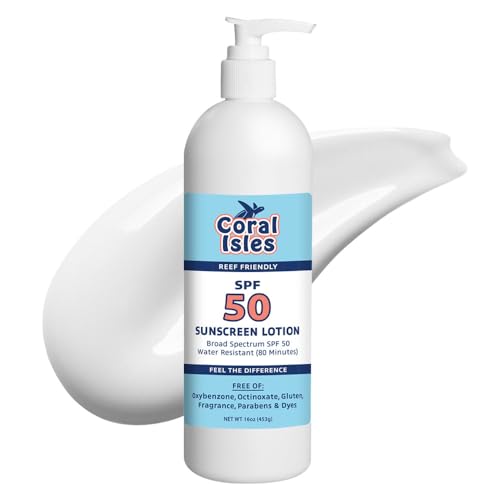thanks for the link. i was thinking the horiz. loop. the guy who answered the phone was busy but was able to answer a couple questions. first- he didn't feel that burying the pipe in my crawl space would raise the temp in the crawl space as it would be using the earth as the heat sink and not the air in the space. second- he said the depht that i would need was 6' to reach a stable 52degrees. he then went on to say that the calculation would require some adjustment of his normal program and since i wasn't a heating customer and he wanted to get out of the office, he didn't have time to do that. at least he was honest.
as far as failure, humidity, mold and the like, my crawl space routinely has moisture in it but the plastic on the ground protects my house from its effects. not to mention i live in a much much less humid part of the world than you do. (while i was in seattle for school i remember my pourch being green from the moss/mold that grew on it. it is not like that here.) even the passive air movement through the crawl space keeps the mold out.
my crawl space is 4-6' tall and that means i should only have to dig a foot or two to be at the same level as 6' down out side. then i would just replace the plastic and i shouldn't have a humidity problem even if a pipe fails. my big concern, if a pipe breaks, is the salinity drop as the 100 gallons of RO from my auto top off would fill my tank.
so i am left with either experimentation to figure out how much pipe i need or hopefully someone out there knows a formula to get me close.


































































